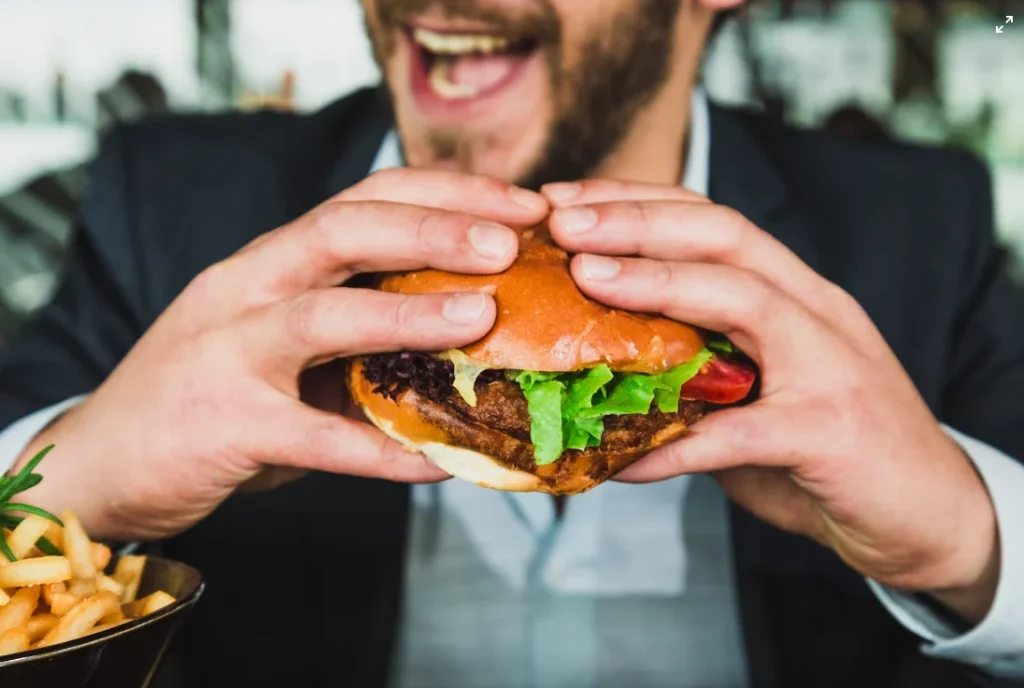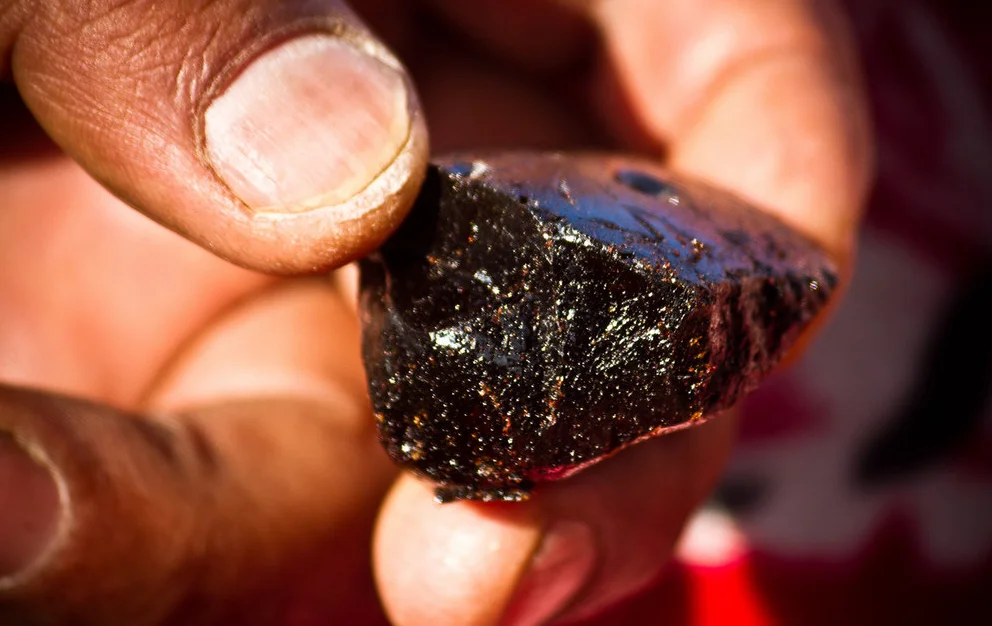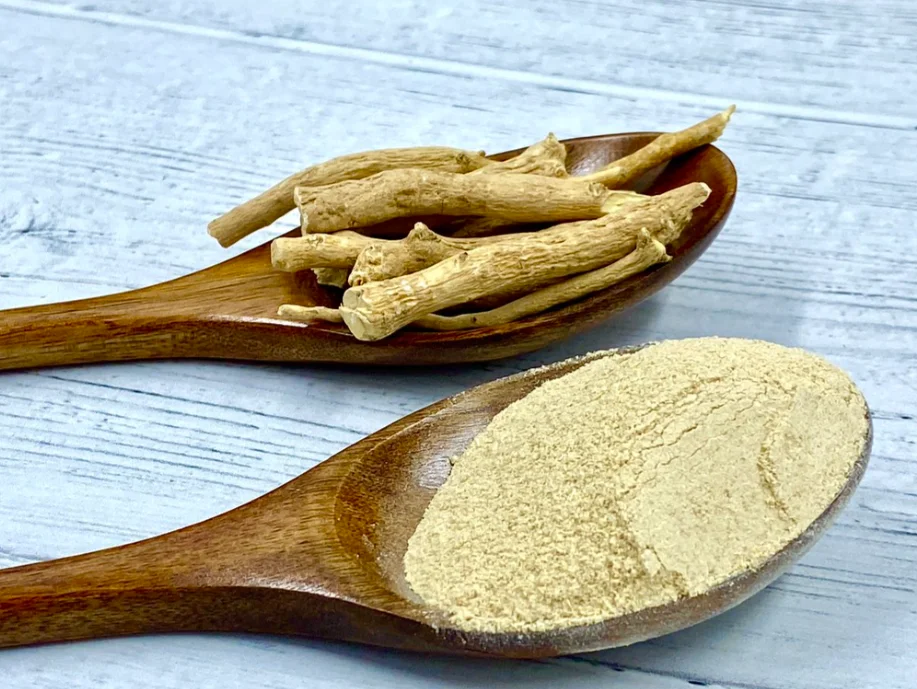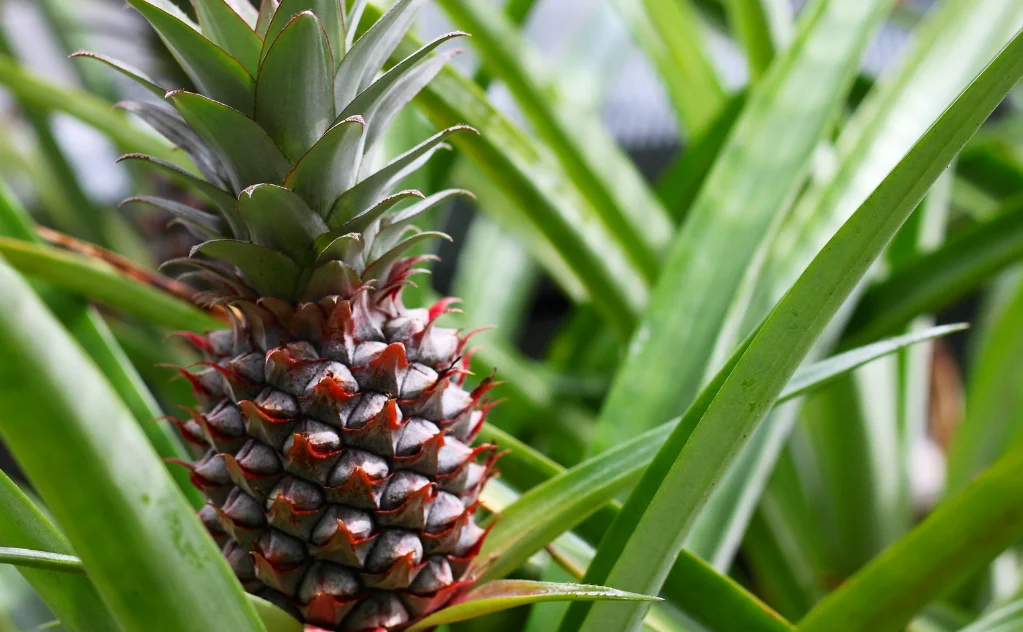
Fatigue seems to be an ongoing battle for many Americans. According to Family Safety and Health Magazine, a study conducted by OnePoll with 2,000 US adults found that three out of five feel more fatigued than ever.
Seeking a solution for boosting yourself? You’re not alone. Often, the first step begins with your diet.
In America, our supermarket shelves are overflowing with food choices. But navigating this abundance for an energy-enhancing diet can be overwhelming.
The internet bombards us with trendy diets and dubious claims. Let’s start with the basics: understanding the advantages of antioxidants, complex carbohydrates, and controlled portions.
Discover the path to heightened energy!
Boosting Energy: Opt for Frequent, Smaller Meals
Many of the world’s healthiest populations swear by a simple principle: less food, more often. Rather than three hefty meals aim for 5-6 smaller portions to maintain stable energy levels throughout the day.
Digesting food demands energy. The larger the meal, the more fatigue you might experience afterward. Recall those massive holiday feasts. Did they leave you invigorated?
Likely not. Those heavy, starchy, and fatty dishes probably resulted in a post-meal energy slump, prompting a retreat to the couch.
Instead of loading up at dinner, distributing your calorie intake earlier in the day aligns with your energy needs. It allows your body ample time to burn those calories before winding down.
Co-enzyme Q10 (CoQ10 or ubiquinone) plays a pivotal role in cellular respiration and energy production. Ensuring an adequate intake of this antioxidant is crucial for optimal results. The next step? Choosing your food wisely.
Kickstart with protein-rich breakfasts, maintain stable blood sugar with smaller meals and cap off the day with a nourishing dinner to replenish energy. For a light bedtime snack, consider options like Greek yogurt and nuts to aid sleep.

Elevate Antioxidants and Vitamins
The hype around antioxidants surged a decade ago. Studies on the world’s healthiest diets revealed their abundance of foods like olives, citrus fruits, nuts, fish, and fresh vegetables. These powerhouses combat free radicals, curb cell damage, and amplify energy levels.
Decoding Antioxidants
Antioxidant-rich foods combat oxidative damage within the body. Free radicals, unstable molecules generated during food conversion to energy, exercise, or exposure to pollutants, cause cellular harm. Antioxidants counteract this oxidative stress.
Antioxidant Benefits: Vital Types for Energy
Resveratrol, found in red grapes, plums, peanuts, dark chocolate, and various dark berries, enhances cardiovascular health, combats oxidative stress, and aids in weight management when converted to trans-resveratrol.
CoQ10, a crucial antioxidant, improves physical performance, reduces migraine frequency, lowers LDL cholesterol, counters aging effects, and may alleviate Parkinson’s symptoms.
Essential for energy production and cell maintenance, CoQ10 can be obtained from meat, fish, nuts, and quality supplements.
Vitamin C, primarily found in fruits and veggies, strengthens immunity, prevents oxidative harm, and uplifts mood. While citrus fruits and berries are rich sources, rose hips pack an even stronger punch.
N-acetyl-cysteine (NAC), an amino acid and antioxidant, boasts anti-inflammatory, energy-boosting, and detoxifying properties. Present in poultry, eggs, dairy, seeds, and legumes, NAC aids glutathione production, a potent antioxidant fortifying immunity and combating free radicals.

Diverse Antioxidant Reservoirs
Astaxanthin, rose hip extract, alpha-lipoic acid, and quercetin are other noteworthy antioxidant vitamins that elevate energy levels, augmenting life’s experiences. Premium supplements encapsulate these in convenient powders, complementing a balanced diet and regular exercise to rejuvenate the self.
Embrace Complex Carbs
Fast-digesting simple carbs like white bread or pastries induce quick glucose release, followed by an energy crash. Opt instead for low GI foods such as whole grains, legumes, nuts, dairy, and most veggies for a steady glucose stream.
Moderate GI foods like white potatoes or wheat cereals, and high GI foods like pastries, spike blood sugar rapidly. Fats, however, lower the overall GI of some high-GI foods; for instance, olive oil in Mediterranean dishes contributes not just to this effect but also brings antioxidant benefits.
Rediscover Vitality
Mastering the art of deriving energy from food simplifies daily tasks, stabilizes moods, and fuels passions. Embrace antioxidants, opt for smaller, frequent meals, and select carbs wisely to invigorate your vitality. Striving for a daily balance of vitamins, minerals, and antioxidants can be daunting. That’s why our nutritional supplement steps in to nourish your body at a cellular level.




Hi there, just became alert to your blog through Google, and found that it is truly informative.
I’m going to watch out for brussels. I will be grateful if
you continue this in future. Lots of people will be benefited
from your writing. Cheers! Lista escape roomów
These are truly wonderful ideas in regarding blogging.
You have touched some nice factors here. Any way keep up wrinting.